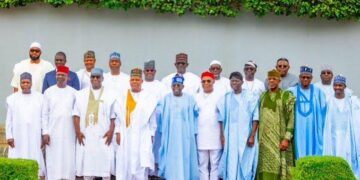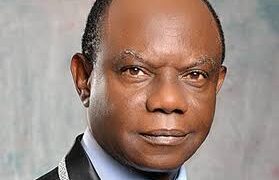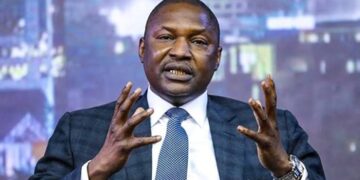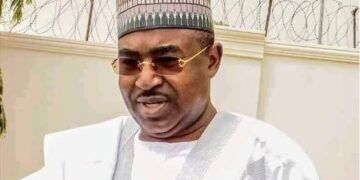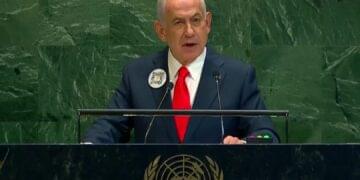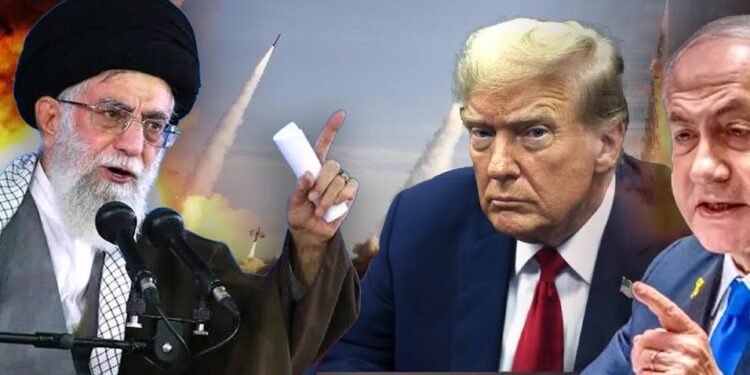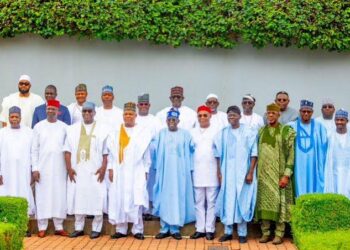Inspite of a flurry of advice to the contrary, American President, Donald Trump, today, reignited the prospect of regime change in Iran .
In a social media post, Trump explained that his country ‘s military involvement in the crisis between Israel and Iran was purely underpinned by the desire of America and its allies to prevent Iran from acquiring the nuclear weapon.
But he introduced a caveat in his post by asking rhetorically if anything would be wrong with a regime change in the event that the supreme Leader Ayatollah Ali Khamenei is unable to make Iran great again.
The caveat has done little to douse speculations as to the actual intent of America in Iran.
America has global infamy for destabilisation and regime change in climes it deems antagonistic to its interests, and its examples in Iraq, Guatemala, Ukraine, Egypt and Libya readily come to mind.
It is this unenviable legacy that makes much of the global community uneasy whenever American leaders speak, even in the most hushed tones, of regime change.
Trump himself, not known for consistency, has not helped matters.
Ahead of today’s post, he had hinted, even before ordering the bombing of Iran’ s nuclear facilities, of the prospect of ordering the killing of Ayatollah Ali Khamenei, but said the time was not rife.
The American Secretary of Defence, Pete Hegseth and the Chairman, Joint Chiefs of Staff, General Dan Caine, had, at a joint media brief in Washington on Sunday, said that their brief did not include regime change in Iran.
Russian President, Vladimir Viktor Putin, and the leaders of Canada,Britain and France, had strongly advised against regime change in the Persian state.
Russia is an ally of Iran and more than 200 Russian experts in Nuclear Science are working in Iran, mainly at the Busheir plant.

